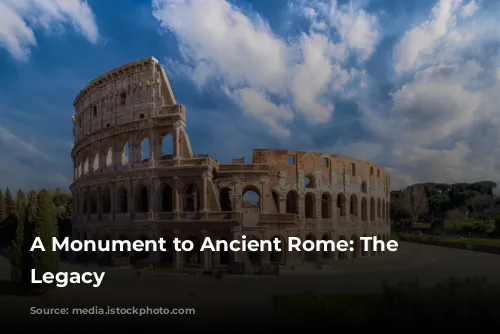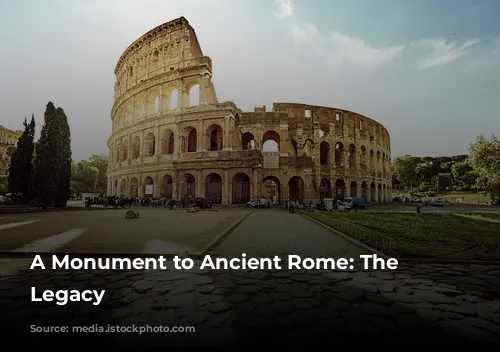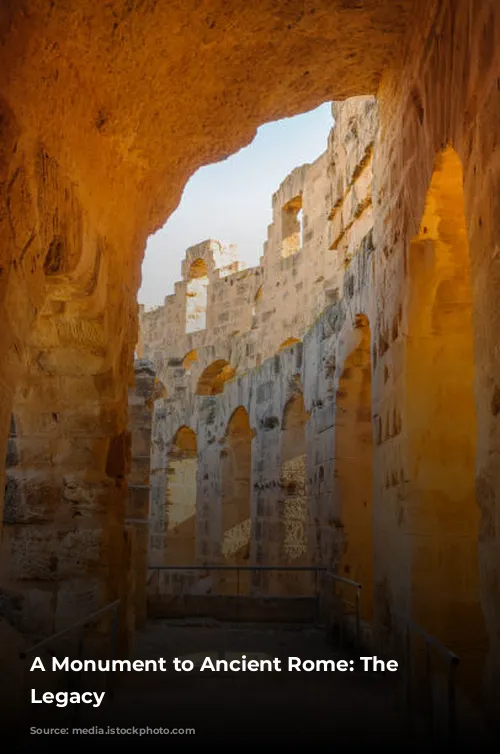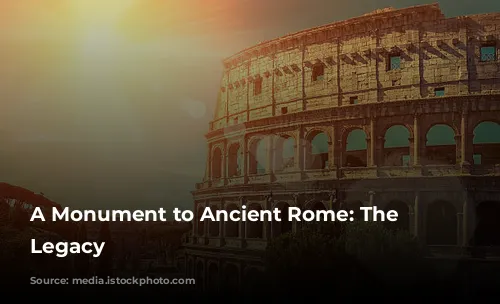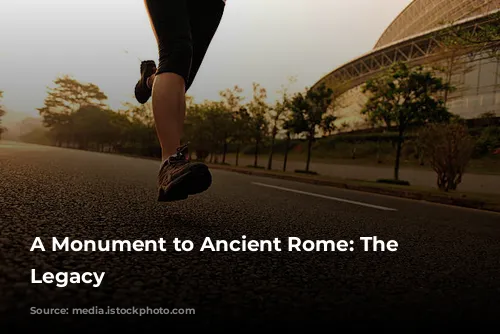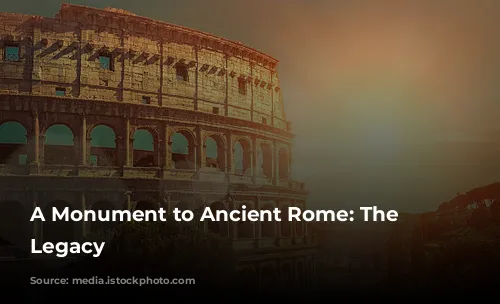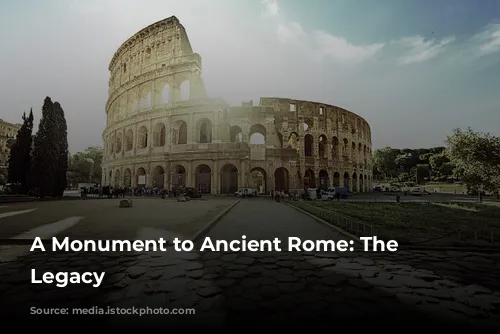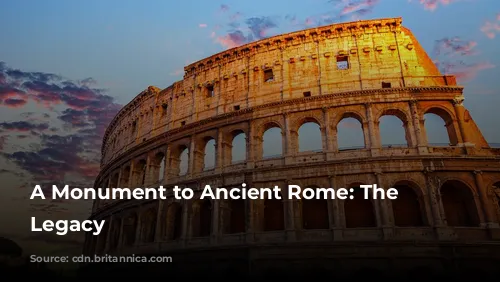Standing tall as a testament to Rome’s ancient architectural and engineering brilliance, the Colosseum remains one of the few mostly intact structures from the Roman Empire. It’s also a significant source of income for the Italian government, attracting millions of visitors each year. In 2018 alone, the Colosseum, Roman Forum, and Palatine Hill generated over $63.3 million (€53.8 million), making it the most profitable tourist attraction in all of Italy.
This paragraph introduces the Colosseum, highlighting its historical significance and economic impact. It uses strong words like “testament” and “brilliance” to emphasize the Colosseum’s importance.
From Glory to Neglect and Back Again
The Colosseum’s history is one of both grandeur and decline. Following the fall of the Western Roman Empire, it fell into a state of disrepair. During the 12th century, powerful Roman families, the Frangipane and Annibaldi, used the arena as a fortress, a far cry from its former glory. The 15th century saw the Colosseum further repurposed, this time as a quarry, its stones plundered for building materials. After over a thousand years of neglect, the Italian government finally initiated restoration efforts in the 1990s, breathing new life into this ancient wonder.
This paragraph delves into the Colosseum’s tumultuous history, describing its decline after the Roman Empire’s fall and its eventual restoration. The use of contrast (“former glory,” “a far cry,” “further repurposed”) emphasizes the dramatic changes the Colosseum underwent.
A Stage for Spectacle and Entertainment
The Colosseum was built as part of a grand effort to revitalize Rome following the chaotic year of the “four emperors” in 69 CE. Like other amphitheaters, Emperor Vespasian envisioned the Colosseum as an entertainment venue, hosting thrilling events like gladiator battles, animal hunts, and even mock naval battles.
This paragraph focuses on the Colosseum’s original purpose: entertainment. It highlights the scale of the project and Emperor Vespasian’s vision for the arena.
From Emperor Vespasian to the Reign of Domitian
Construction began under Emperor Vespasian between 70 and 72 CE, with the completed structure dedicated in 80 CE by his son and successor, Emperor Titus. Emperor Domitian, who ruled after Titus, added the Colosseum’s fourth story in 82 CE. It’s important to note that the Colosseum was financed with spoils from Titus’s conquest of Jerusalem in 70 CE, and it was built by enslaved Jews from Judea.
This paragraph provides details about the construction of the Colosseum, mentioning the key figures involved: Vespasian, Titus, and Domitian. It also highlights the controversial origin of the funding and labor for the project.
A Colossal Structure for a Colossal Spectacle
The Colosseum, also known as the Flavian Amphitheatre, is an elliptical structure made of stone, concrete, and tuff, rising to four stories in height. It’s a massive structure, measuring 620 by 513 feet (189 by 156 meters), with a capacity of up to 50,000 spectators. It was famously used for gladiatorial combat, but it also hosted a range of other spectacular events.
This paragraph describes the Colosseum’s physical structure and capacity, emphasizing its size and the variety of events it hosted. It uses simple language and avoids repetition, making it easy to understand.
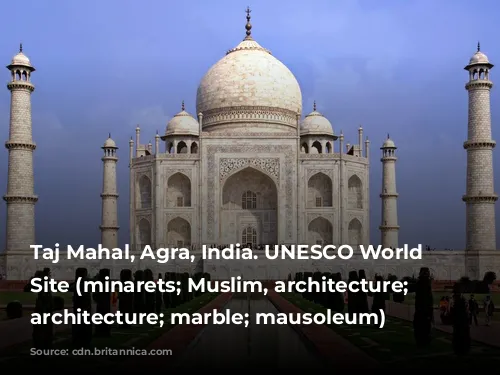
A Symbol of Power and Public Entertainment
The Colosseum, located east of the Palatine Hill on the former site of Nero’s Golden House, stands as a testament to Vespasian’s desire to replace Nero’s luxurious but private palace with a public space. The Colosseum, unlike previous amphitheaters, was a freestanding structure, constructed using a complex system of vaults and measuring 620 by 513 feet (189 by 156 meters). It featured three stories adorned with arcades and columns, reflecting the architectural styles of the Doric, Ionic, and Corinthian orders, a design that greatly influenced Renaissance architecture. The building’s primary structure was made of travertine, with volcanic tufa for the secondary walls and concrete for the inner bowl and arcade vaults.
This paragraph delves into the architectural and symbolic significance of the Colosseum. It describes its construction, unique features, and the influence it had on later architectural movements.
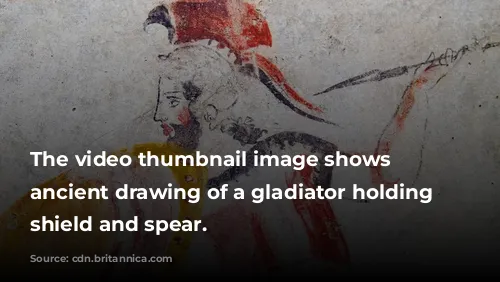
A Stage for Gladiatorial Combat and More
The Colosseum could accommodate up to 50,000 spectators, shielded from the sun by a retractable awning known as a velarium. This enormous awning was supported by masts extending from the Colosseum’s upper story, and its manipulation required hundreds of Roman sailors. The Colosseum played host to a wide variety of spectacles, including gladiatorial combat, contests between men and animals, and even mock naval battles. While the Colosseum’s role in the martyrdom of early Christians remains uncertain, it’s clear that this grand arena played a crucial role in the entertainment and social life of ancient Rome.
This paragraph focuses on the Colosseum’s functionality, describing the velarium and the diverse events it hosted. It also touches on the controversial issue of the Colosseum’s potential role in early Christian persecution.
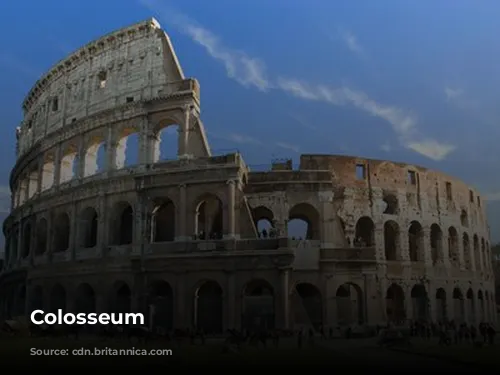
From Glory to Neglect and Back Again
The Colosseum’s journey from a symbol of Roman power to a forgotten ruin and eventually a monument of historical significance is a testament to the ebb and flow of history. While used as a church and fortress in the Middle Ages, the Colosseum was also heavily damaged by earthquakes, lightning strikes, and vandalism. For over a thousand years, it was treated as a quarry, losing its marble seats and other decorative elements. Restoration efforts began in earnest in the 19th century and gained significant momentum in the 1990s. Today, the Colosseum stands as one of Rome’s most popular tourist attractions, welcoming close to seven million visitors annually. Regular exhibitions showcasing the culture of ancient Rome further enrich the experience for visitors.
This paragraph concludes the article by summarizing the Colosseum’s long and complex history, highlighting its decline and eventual restoration. It also emphasizes its current status as a major tourist destination and its ongoing role in preserving and showcasing Roman culture.
